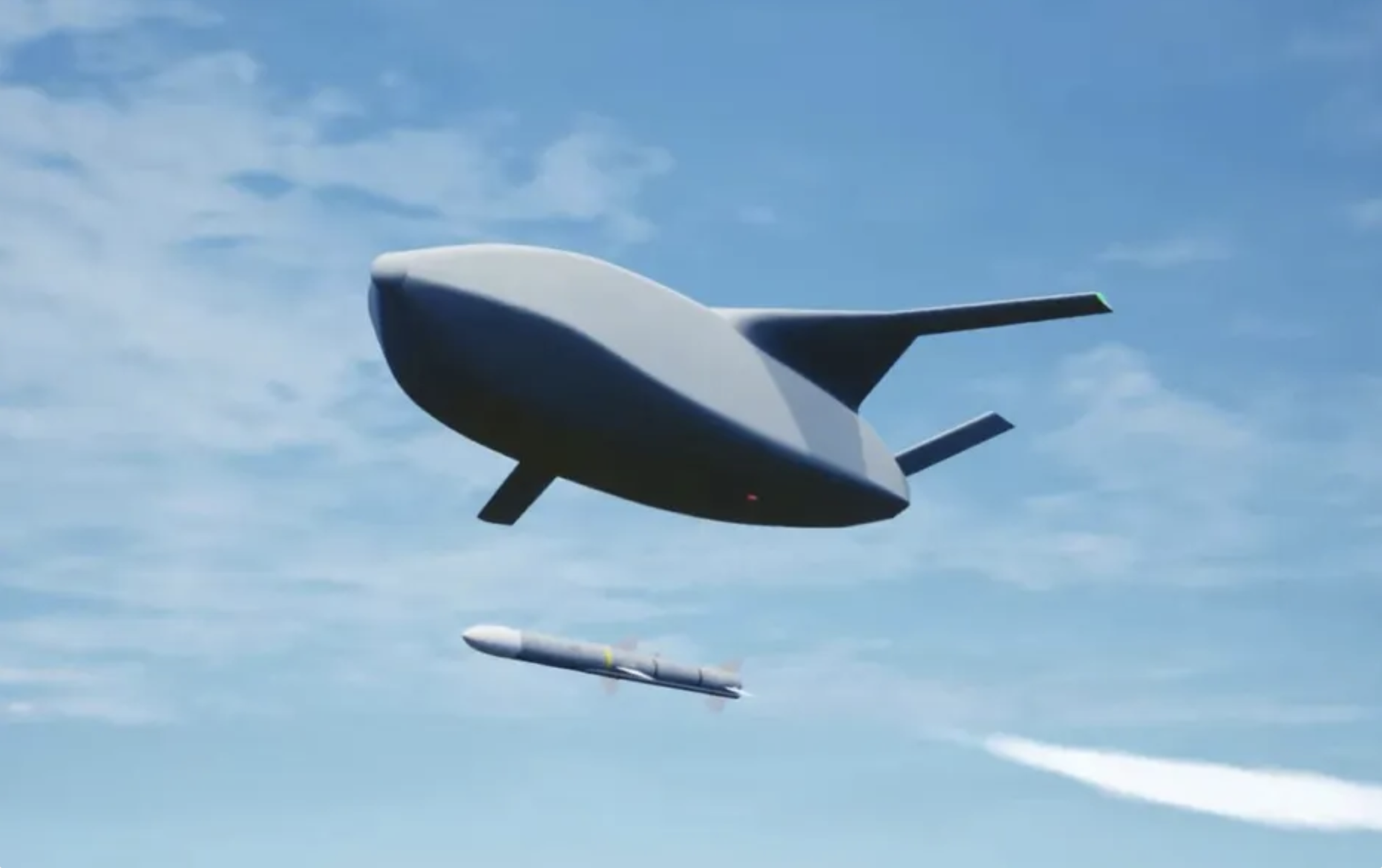
The Air Force Research Laboratory Information Directorate recently issued a request for information for the Low Collateral Effects Interceptor (LCEI) unmanned aerial vehicle (UAV) project. LCEI will be an autonomous aircraft able to detect, track, and shoot down enemy piloted and autonomous airplanes. LCEI crafts reduce ancillary damage and fragmentation to a surrounding area and allow the military to engage a small UAS threat without using traditional munitions or other effects.
At this time, the Air Force is interested in testing such aircraft in order to assess their potential. Candidate test aircraft must be based on U.S. components and electronics.
The LCEI’s targets should include what the Air Force labels as groups 1, 2, and 3 aircraft – aircraft that range from as small as a six-seat twin-engine plane to as large as a Boeing 737 passenger jet. The LCEI should be able to be integrated with ground sensors and truth data systems. For testing purposes, developers would be provided with red team targets, a test range, logistics support, and data collection at the initial flight assessment. These initial flight tests will involve responding to scenarios designed to mimic operational incidents, as well as stress test the systems’ engagement speeds, ranges, and endurance.
The testing process should be able to provide the Air Force with relevant information. including: sprint speed; top engagement speed; maximum range; maximum loiter time; size, weight, power consumption, and cost; required number of operators; required training of operators; resistance to shock, dirt, water, and temperature; operational weather limitations; ability to operate at night; multiple target engagements; engagement success rate by target type; engagement success rate by engagement speed; and engagement success rate by altitude.
Further required information should include candidate aircraft facilities, space, and power requirements; multi-mission capability; system architecture diagram; system maturity; manufacturing maturity; dependencies on external sensors; required external systems; system autonomy for administering kinetic effects; and ground station requirements.
